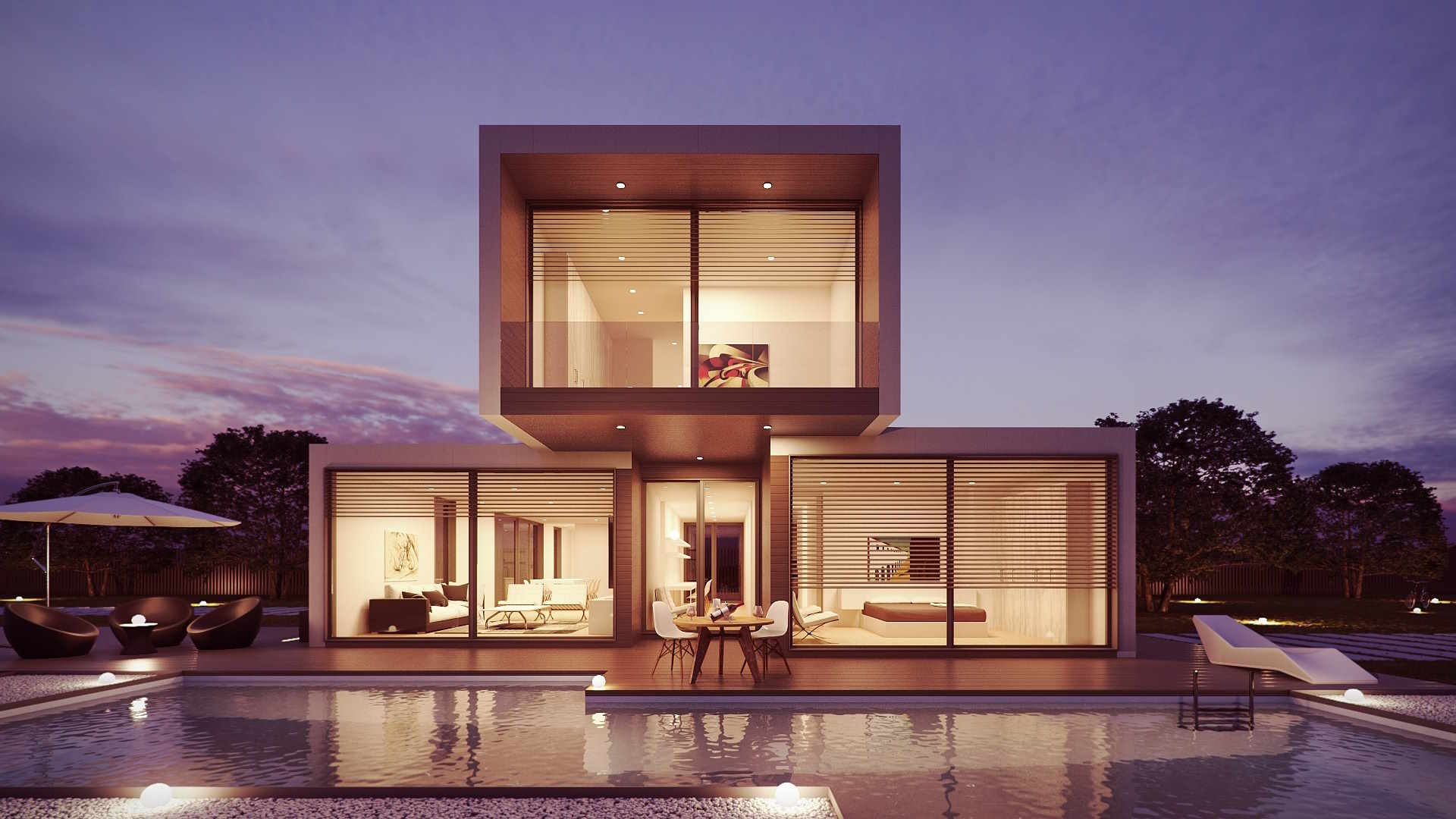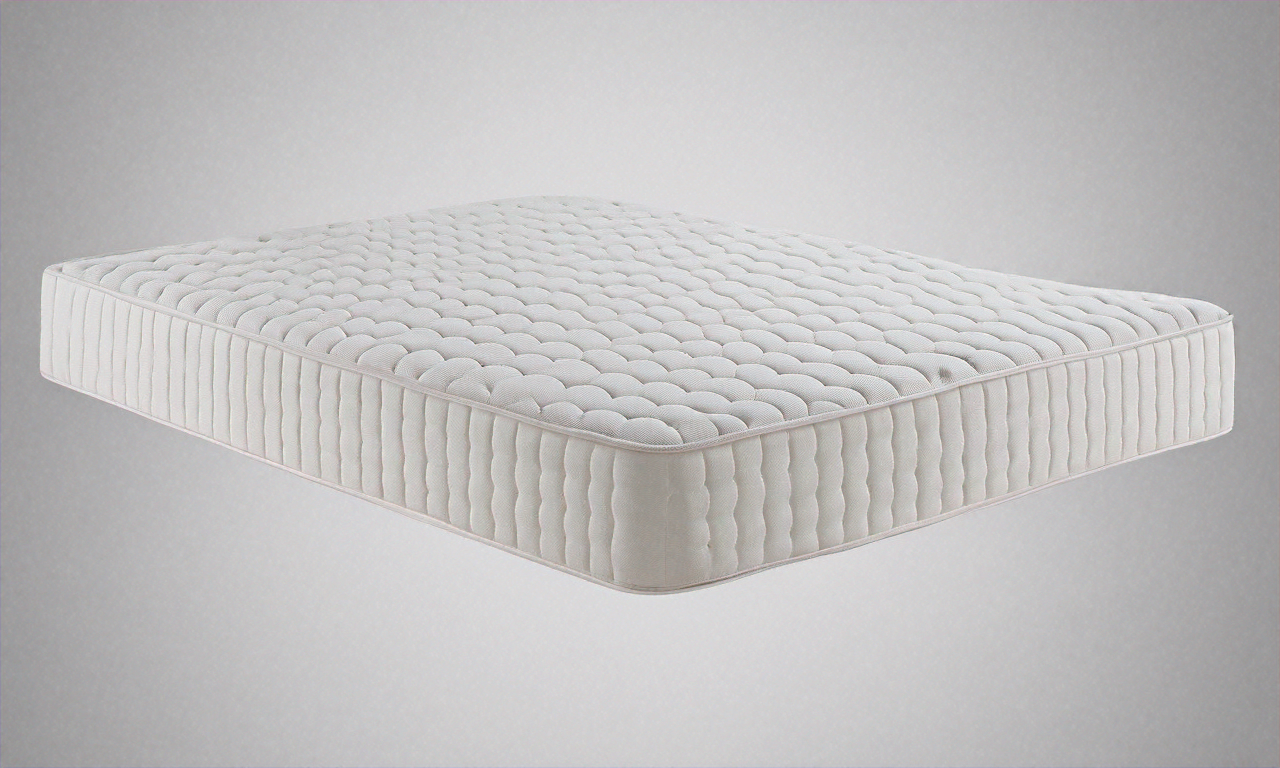The Rebirth of Terrazzo: A Modern Take on a Classic Material
Introduction: In the ever-evolving landscape of home and garden design, one classic material is making a surprising comeback. Terrazzo, with its confetti-like charm, is re-emerging as a chic and sustainable choice for modern homes. This article explores the extraordinary resurgence of this versatile material, its modern adaptations, and its valuable contributions to contemporary design.

A Historical Perspective on Terrazzo
Terrazzo, an Italian word for terrace, dates back over 500 years to the Venetian Renaissance. Artisans would use discarded marble chips, embedding them in clay to create durable, cost-effective, and visually appealing floors. Over centuries, this practical invention evolved, using cement instead of clay and incorporating different materials like glass, granite, and quartz. Despite its rich history, terrazzo fell out of fashion for a while but is now experiencing a significant revival in contemporary design.
The Modern Terrazzo Trend
In the realm of contemporary design, Terrazzo has found its place, not just as flooring, but in various home decor items. From countertops, backsplashes, and wallcoverings to smaller items like lamps, coasters, and even furniture, terrazzo’s modern interpretation is far-reaching. Its colorful, playful aesthetic pairs well with minimalistic designs, adding texture and visual interest.
The Practicality and Sustainability of Terrazzo
Terrazzo’s resurgence is not just due to its aesthetic appeal but also its practicality and sustainability. Its durability makes it a long-lasting choice for high-traffic areas. Additionally, it is easy to maintain and can be refinished multiple times, further extending its lifespan. From a sustainability standpoint, terrazzo aligns with the growing trend towards using recycled materials in design. The use of waste materials, such as glass and stone chips, reduces the environmental impact of the production process.
Adapting Terrazzo for Contemporary Living
Designers are pushing the boundaries of terrazzo, experimenting with different materials and color palettes to match modern aesthetics. These contemporary versions often feature larger, more dramatic chips set in neutral backgrounds, creating a bold, abstract look. Designers are also exploring the use of terrazzo in unexpected places like bathrooms, kitchenware, or even on walls as a unique alternative to traditional wallpaper.
The Future of Terrazzo in Home Design
The versatility and sustainability of terrazzo have positioned it as a trend that’s likely to endure. As designers continue to innovate, embracing materials that embody both style and sustainability, terrazzo seems poised to remain a significant player in the home design landscape.
In conclusion, the resurgence of terrazzo illustrates the cyclical nature of design trends. What was once a practical solution for Venetian artisans is now a modern design element that enhances our living spaces. Its versatility, durability, and sustainability make it an appealing choice for contemporary designers and homeowners alike.




